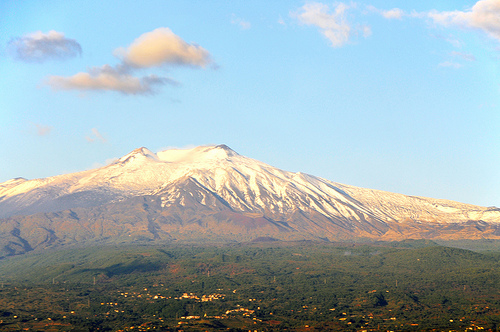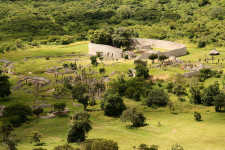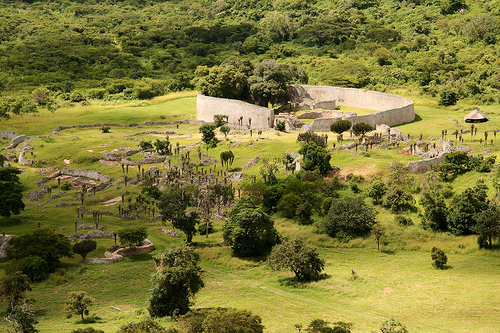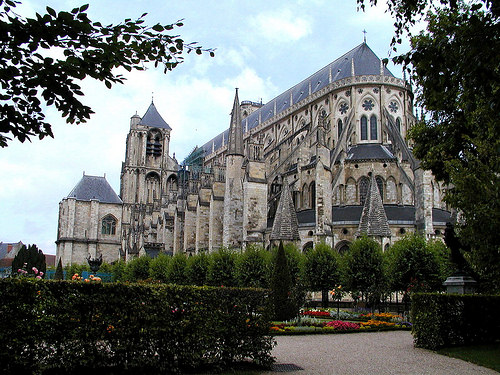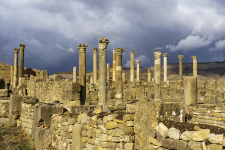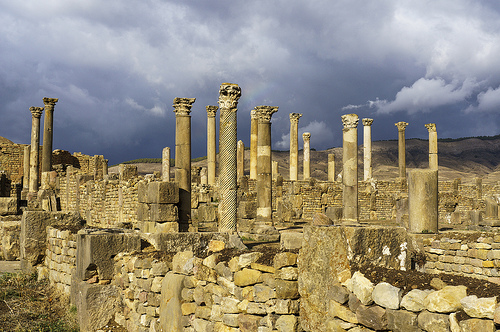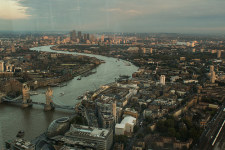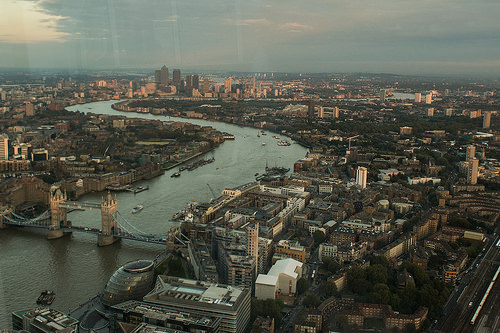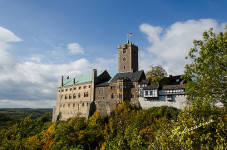
Be dazzled by both the architecture and history of Wartburg Castle.
- Wartburg Castle is a medieval castle located approximately 410 metres (1345 feet) high on a rocky hill in Germany’s Thuringia, in Europe.
- ‘Wartburg Castle’ is also known as ‘Wartburg’ and ‘Schloss Wartburg’.
- Around 1067, the building of Wartburg Castle commenced, under the orders of Louis the Springer, Schauenburg’s count.
- Wartburg Castle was built looking out over Eisenach, a nearby town, and protrudes from a surrounding forest, on a hill.
- The term ‘Wartburg Castle’ possibly comes from the German words for ‘warte’, ‘berg’ and ‘burg’, translating as ‘wait’, ‘mountain’ and ‘fortress’, respectively.
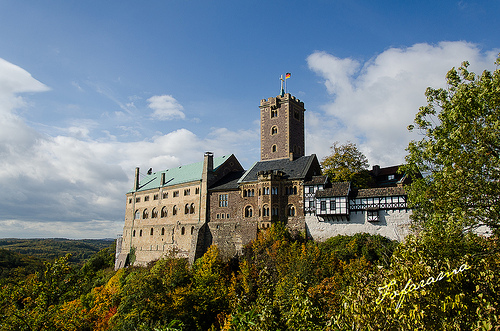 Part of Wartburg Castle
Part of Wartburg Castle
Image courtesy of Forarama/Flickr
- Some of the best Romanesque architecture can be found as part of Wartburg Castle, and the site has been home to many significant historical events.
- Wartburg Castle is a common tourist attraction, visited by approximately 500,000 people annually, and it is the home to a museum, as well as an area suitable for opera productions and concerts.
- The German Catholic priest and theologian, Martin Luther is believed to have translated the Bible’s New Testament to German, from the Greek language, during the months he was in exile at Wartburg Castle between 1521 and 1522.
- Wartburg Castle was declared a UNESCO World Heritage Site in 1999, and is owned by the Wartburg Foundation of Eisenach.
- Wartburg Castle became majorly abandoned and unused from the 1500s, until the Grand Duke of Saxony in the 1800s decided to re-establish and repair the castle early in that century.
Bibliography:
Wartburg, 2015, Wikipedia, http://en.wikipedia.org/wiki/Wartburg
Wartburg Castle, 2015, Sacred Destinations, http://www.sacred-destinations.com/germany/wartburg-castle
Wartburg Castle, 2015, UNESCO World Heritage Convention, http://whc.unesco.org/en/list/897





